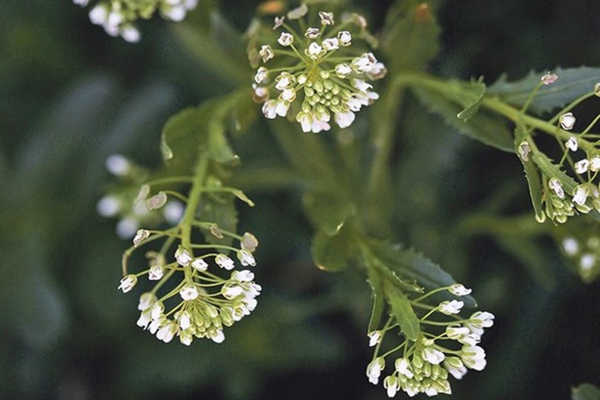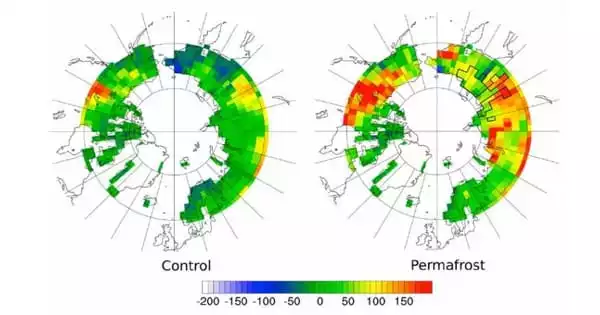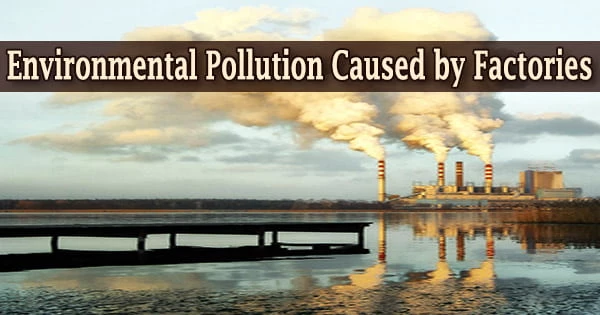According to a new study, a common farm weed could produce “greener” jet fuel with fewer production-related environmental impacts than other biofuels.
According to the study, growing the weed pennycress – also known as stinkweed – as a crop requires less fertilizer and pesticides than other plants that can be used to make renewable jet fuel. Pennycress also necessitates fewer farm operations, such as soil tilling, than other potential biofuel crops, lowering environmental costs. Carbon dioxide emissions, which cause climate change, as well as other emissions that pollute the air, are among the costs.
According to the study, environmental impacts could be further mitigated by farm management techniques that keep fertilizer on fields rather than allowing it to run off into nearby watersheds. Such techniques may increase the financial cost of crop production while lowering the environmental impact.
“Reducing greenhouse gas emissions from air travel will require a fundamental shift in how we produce fuel and where that fuel comes from,” said Ajay Shah, senior author of the study and associate professor of food, agricultural, and biological engineering at The Ohio State University in Wooster. “And what we discovered is that pennycress could make an excellent alternative fuel, especially when the environmental costs of production are considered.”
A common farm weed could make a ‘greener’ jet fuel with fewer production-related environmental impacts than other biofuels, a new study indicates.
The findings were reported in the journal Applied Energy. The researchers calculated the environmental impacts of growing pennycress, transporting it to a biorefinery, and converting it to usable jet fuel for this study. They also factored in the environmental costs of converting leftover byproducts of pennycress seed refining into fuel.
These environmental costs include the use of fertilizer and pesticides, the consumption of water, and the energy required to harvest and transport pennycress seeds from a farm to a biorefinery, where they are processed into usable fuel.
The researchers created computer models to estimate the total energy required to produce jet fuel from pennycress seeds and compared those estimates to the energy required to produce biofuels from other crops. The data for the models came from existing biofuel production studies.
Their models revealed that producing jet fuel from pennycress required roughly half the energy required to produce jet fuel from canola or sunflowers, two other potential bio-jet fuel crops. Pennycress oil production required roughly one-third of the energy of soybean oil production, according to the researchers, and the energy required to convert pennycress into jet fuel was roughly the same as that required to produce fuel from the flowering plant camelina, another biofuel crop.

According to Shah, renewable jet fuels are not yet financially competitive with fossil fuel-based fuels. Calculating the environmental impacts of alternative bio-based fuels, on the other hand, should assist farmers and policymakers in their efforts to limit carbon dioxide in the Earth’s atmosphere and, hopefully, slow or stop climate change.
“Because of its growing season, pennycress also makes an appealing alternative jet fuel,” Shah said. “It is a winter cover crop that can be grown between the corn and soybean seasons, giving the same body of farmland an additional production cycle each year.”
“Pennycress can be planted while corn is still standing in the field, before corn harvest,” he explained. “It can also be harvested prior to the planting of soybean crops. The bottom line is that it can be used as a cover crop, that it does not divert agricultural production land, and that it has properties that are suitable for renewable jet fuel production.”
According to various groups that study the effects of transportation on climate change, greenhouse gas emissions from air travel contribute to climate change, accounting for about 2% of all human-induced carbon dioxide emissions. “Reducing those emissions will almost certainly necessitate the development of cleaner alternatives to jet fuels derived from fossil fuels,” Shah said. “Studies like this one can help determine the best alternative.
“When it comes to pennycress, production and logistics are the major contributors to both the environmental impacts and the costs, and those are the challenge areas – they must be streamlined and solved to make it more efficient,” he said. “If we could improve those areas, we could make production more energy-efficient, lowering costs and environmental impacts significantly.”
The US Department of Energy provided funding for this research.
















